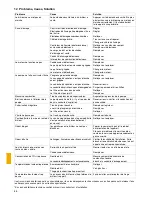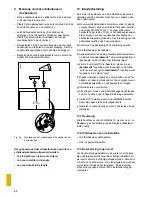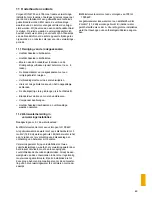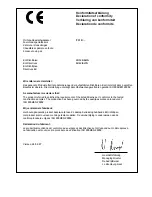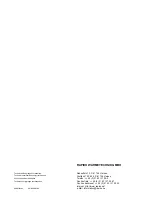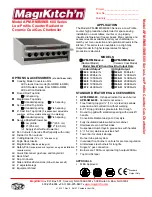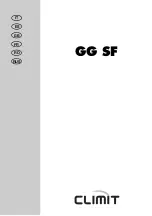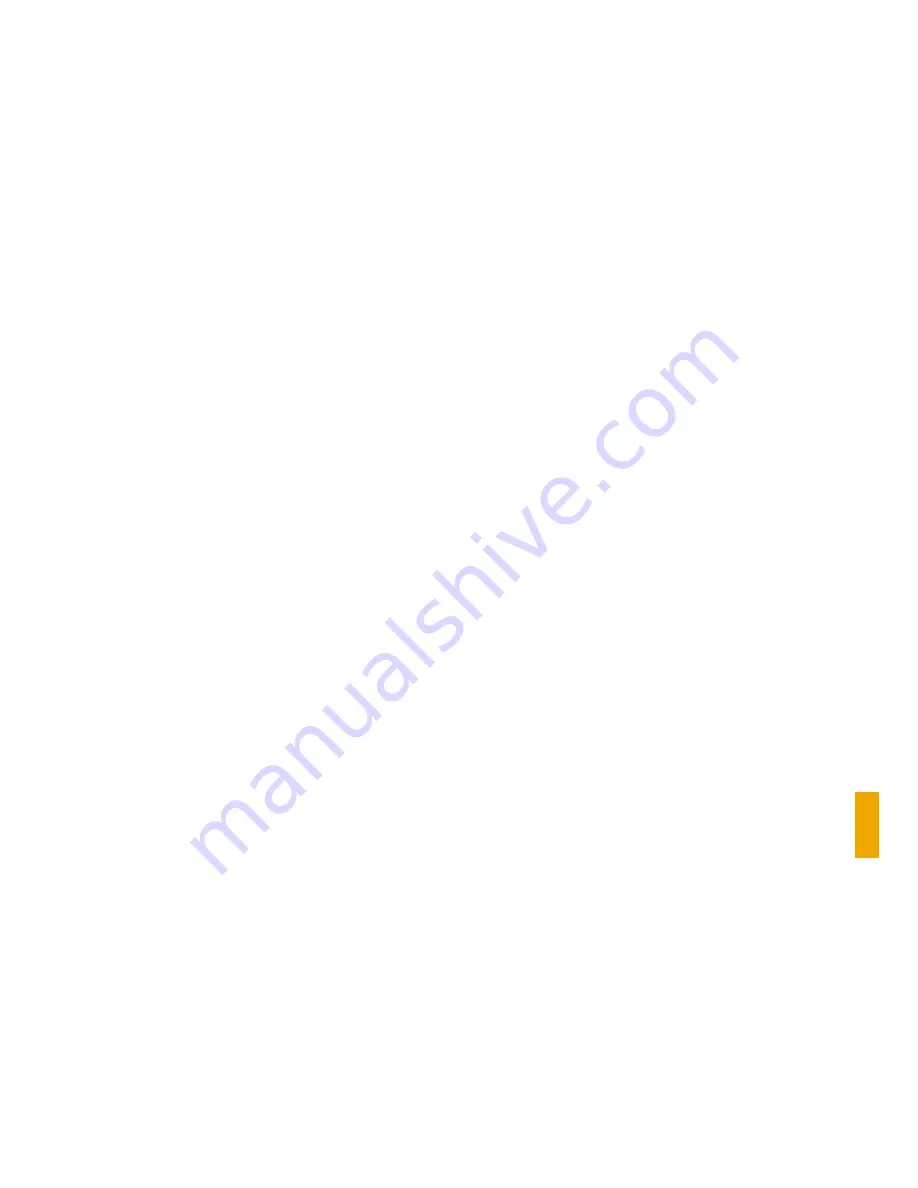
41
11 Care and maintenance
All oil- or gas-fired appliances must be inspected at least
once a year for correct and economical operation, and
for safety, by a person appointed by the system designer
or other qualified person. Combustion values are to be
checked and, if necessary, readjusted. It is advisable to
take out a maintenance contract. The boiler-room should
be clean, dry and ventilated. The boiler should be
cleaned at certain intervals. Cleaning regularity depends
on fuel consumption, but should take place at least at
the start of each cold season.
11.1 Cleaning the flue draughts
Disconnect at main switch.
Remove front jacket.
Loosen T-head screws on burner door and lift door.
Pull out radiation converter.
Clean combustion chamber and flue draughts with a
cleaning brush.
Clean remains of burnt fuel from boiler.
Use cleaning access holes in flue gas collector.
Replace radiation converter.
Shut burner door and tighten T-head screws.
Replace front jacket.
Reconnect at main switch and check combustion val-
ues.
11.2 Heating unit water supply
Water quality requirements.
A
Heaters with system capacity of up to 100 kW.
Water with a carbon hardness of up to 3 mol/m
3
(16.8º dH) can be used to fill the system. With harder
water, measures must be taken to avoid furring, using
hardness complexing or water softening.
Heating (circulating) water: applies to open heating units
with two safety pipes, which allow heating water to circu-
late through the expansion chamber. Oxygen binding
chemicals must be added, and sufficient back-flow ex-
cess must be ensured by regular checking. Control mea-
sures relating to heating water composition are not re-
quired for any of the units in this group.
B
Heaters with system capacity of 100 to
1,000 kW.
Water with a carbon hardness of up to 2.0 mol/m
3
(11.2º dH) can be used to fill the system. With harder
water, see reference to water used for filling in A. An in-
hibitor is especially recommended for larger units.




















